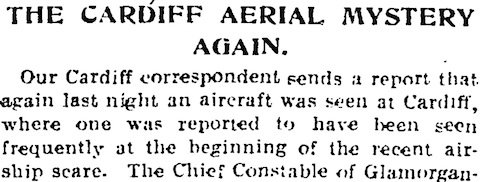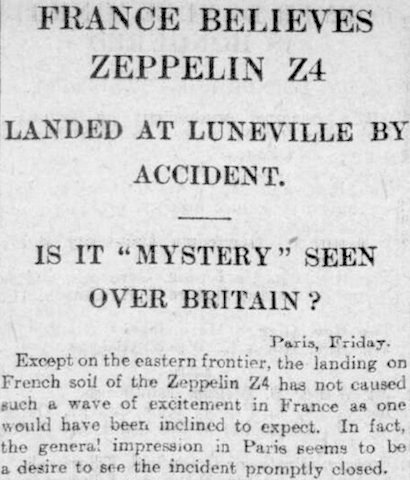Saturday, 12 April 1913
The third leading article in today’s Economist is entitled ‘Airship fiascos and preliminary puffs’ (p. 868). It begins by casting back to ‘A FEW weeks ago, just before and after the Army and Navy Estimates were introduced’, when ‘a section of the Press was filled with lurid accounts of the danger in which Great Britain […]




